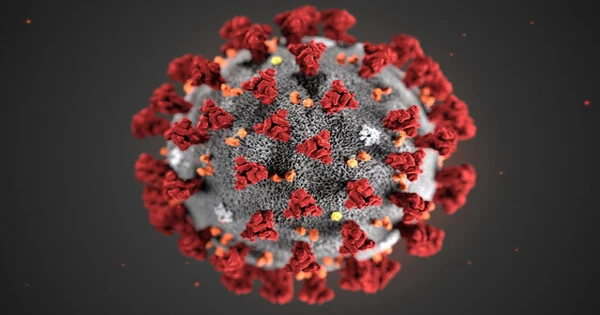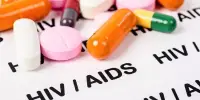Ending COVID-19 as a public health threat requires a multi-pronged approach that involves individual and collective efforts, along with effective public health interventions. A new global COVID-19 study offers actionable recommendations for addressing the public health threat without increasing socioeconomic burdens or putting the most vulnerable at risk.
SARS-CoV-2 is still circulating among us. Although some governments have moved on, according to a new study published in the journal Nature, specific efforts and resources are still needed to save lives. This is one of six major action themes identified by a large panel of experts from various disciplines and from over 100 countries to recommend actions to eliminate COVID-19 as a public health threat. Over 180 organizations from 72 countries have already endorsed the consensus study’s findings, which were led by the Barcelona Institute for Global Health (ISGlobal), an institution supported by the “la Caixa” Foundation.
More than 630 million COVID-19 cases and over 6.5 million deaths had been reported as of October 2022. (although the real death toll has been estimated to be upwards of 20 million). Furthermore, millions of cancer and chronic disease patients have experienced dangerous healthcare delays, and Long COVID remains untreated, posing an ongoing threat to survivors. Furthermore, the virus continues to accumulate mutations that can improve its ability to evade previous immunity. As a result, many public health leaders, including the study’s authors, continue to view COVID-19 as a persistent and dangerous global health threat.
To the greatest extent possible, our findings emphasize health and social policy recommendations that can be implemented in months, not years, to help bring this public health threat to an end.
Quique Bassat
Despite significant scientific and medical advances, the global response to COVID-19 has been hampered by broader political, social, and behavioral factors such as false information, vaccine hesitancy, inconsistent global coordination, and inequitable distribution of equipment, vaccines, and treatments. “Each country has responded differently, and often inadequately, which is partly due to a serious lack of coordination and clear goals,” says Jeffrey V Lazarus, head of the Health Systems Research Group and co-director of the Viral and Bacterial Infections Programme at ISGlobal, Associate Professor at the University of Barcelona, and study coordinator.
Lazarus and colleagues conducted a Delphi study to develop global consensus on how to address these issues in the future. A Delphi study is a well-established research methodology that challenges experts to reach consensus on answers to complex research questions. Three rounds of structured consultation were held with a multidisciplinary panel of 386 academic, health, NGO, government, and other experts from 112 countries and territories. As a result, there are 41 statements and 57 recommendations covering six major areas: communication, health systems, vaccination, prevention, treatment and care, and inequities.

Three of the highest-ranked recommendations are: I adopt a whole-of-society strategy involving multiple disciplines, sectors, and actors to avoid fragmented efforts; ii) whole-of-government approaches (e.g. coordination between ministries) to identify, review, and address resilience in health systems and make them more responsive to people’s needs; and iii) maintain a vaccines-plus approach, which includes a combination of COVID-19 vaccination, other structural and behavioral interventions The panelists also prioritized recommendations for developing technologies that can reach target populations (vaccines, therapies, and services).
Other recommendations that received at least 99% agreement included: communicating effectively with the public, rebuilding public trust, and engaging communities in pandemic response management. Only six recommendations had more than 5% disagreement, including one that considers additional economic incentives to address vaccine hesitancy or a symptoms-based approach to diagnosing COVID-19 in settings where testing is limited.
The 57 recommendations are aimed at governments, health-care systems, businesses, and other key stakeholders. “To the greatest extent possible, our findings emphasize health and social policy recommendations that can be implemented in months, not years, to help bring this public health threat to an end,” says Quique Bassat, co-author of the study and member of the University of Barcelona.
“Our study does echo some earlier recommendations, such as the Independent Panel for Pandemic Preparedness and Response and WHO’s 2022 plan on Strategic Preparedness,” says Lazarus, “but what makes this work unique is the very large number of experts consulted, the wide geographical representation, and the study design, which emphasises consensus building and identifies areas of disagreement. It could serve as a model for developing responses to future global health crises.”















